Table of Contents
Bread is compostable, but some gardeners avoid it due to concerns of attracting pests. You can minimize this issue by using a secure lid to protect your compost bin from pests and contain unpleasant odors. If you prefer a compost pit, place a sheet of metal or cardboard as a cover. Stale, moldy, and fresh bread are all compostable in minimal amounts.
To minimize issues, follow careful preparation and maintain optimal composting conditions for bread. Tearing bread into smaller pieces helps it decompose faster.
Avoid composting bread with preservatives like calcium propionate, as it can hinder microorganisms from breaking down organic waste. This preservative prevents mold growth in bread. Also, discard bread with high salt content, as it can disrupt microbial activity and cause malabsorption in plants. Composting bread with excessive butter, oil, or mayonnaise can create an anaerobic environment, resulting in unpleasant odors and harm to beneficial microorganisms. Keep these types of bread out of your compost.
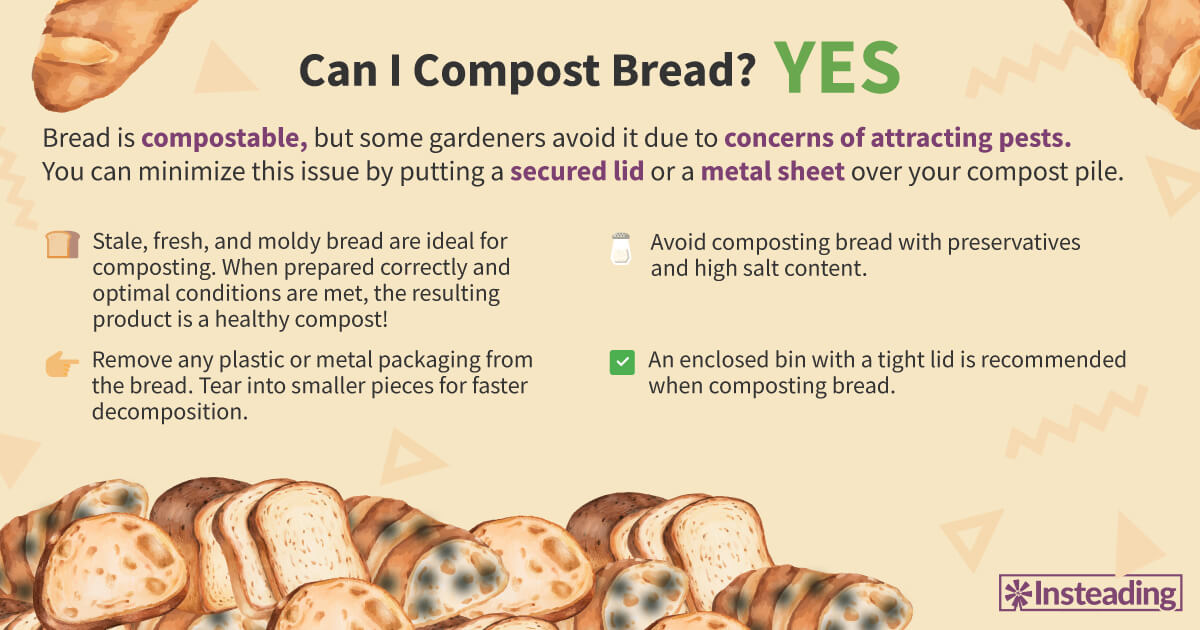
If composting bread isn’t feasible at home, consider repurposing it in the kitchen! Sending bread to landfills should be the last option when dealing with unused bread at home.
Types of Bread for Composting
Bread is a welcome addition to your compost! Instead of contributing to landfill waste, give your bread a second life as a nitrogen-rich, green material. The following types of bread are suitable for composting:
Stale Bread
While it is still edible, stale bread is suitable for composting. Most bread becomes dry or stale if left unsealed or out of date. While it may not taste as good as fresh bread, stale bread is abundant in nitrogen, which serves as an energy source for composting microorganisms.
Moldy Bread
Composting moldy bread, which has already begun decomposing, is an even better option. The green mold in this type of bread can speed up the decomposition process of organic waste. However, adding moldy bread may increase moisture levels in your compost. Read on to learn how to minimize this issue.
Fresh Bread
Excess fresh bread should be stored until your next consumption. However, when adding to your compost, it is best to wait for fresh bread to become stale or moldy.
How to Compost Bread
Before you throw bread scraps into your compost heap, prepare them first properly and aim for the optimal composting conditions. Doing so will result in a valuable compost additive for your garden plants!
Preparing Bread for Composting
The ingredients in some bread products may cause issues for your compost pile. Closely examine the packaging and inspect the bread itself before composting. Bread containing dairy products like butter and cheese can attract pests, so if you are concerned about pests in your composting area, avoid adding them unless you bury them deep and add carbon-rich brown materials.
Remove any plastic or metal packaging from your bread. Home compost is not suitable for breaking down these non-biodegradable materials. Additionally, toxic chemicals from plastic and metal may harm the community of microorganisms in your compost.
To start composting, tear the bread into smaller pieces. Size matters when composting! Small pieces of bread in your compost pile or compost heap will decompose quicker. For better composting results, combine the bread scraps with other green materials, like grass clippings, vegetable scraps, and food waste.
Optimal Composting Conditions for Bread
An enclosed bin with a tight lid is ideal when composting bread. Putting a lid over it helps prevent wild animals and invasive insects from reaching your bread compost and traps unpleasant odors. Similarly, you can place a sheet of metal or board over your compost pit to keep away pests.
It’s best to put the small pieces of bread in the center of the compost pile. This is where the fastest decomposition takes place, indicated by extreme heat coming from the pile’s microorganisms.
Balance your bread compost with high-nitrogen materials and carbon-rich materials. Layering these materials accelerates the decomposition process resulting in a healthy compost material. Dead leaves, wood chips, and shredded paper or cardboard are some excellent brown materials that may help prevent potential issues in composting bread. The One Bucket Greens and Two Buckets Browns method is a great way to balance these materials harmoniously.
Unbalanced moisture levels may generate an anaerobic environment, causing your compost pile to smell bad. Minimize this issue by combining moldy bread with other kitchen scraps and covering it with sawdust as a carbon source.
Turn the pile to aerate areas lacking oxygen. In hot composting, maintain the optimal temperature range of 90 to 140 degrees Fahrenheit for successful compost. Cook until you produce a nutritious compost product.
How Long Does Bread Take To Compost?
Depending on the conditions of your compost, bread takes about 2 to 3 weeks to decompose.
How Bread Affects the Composting Process
When added in minimal amounts, bread supplies your compost with nitrogen to power up composting microorganisms. However, they can also attract unwanted pests that may jeopardize your composting activity.
Impact on Decomposition
Most bread breaks down quickly. A small amount of moisture can help the process along, promoting the release of essential nitrogen for microorganisms in the pile. Balance green materials like bread with other brown materials to ensure successful compost.
Microbial Activity
Microorganisms are essential for breaking down materials in compost piles. By composting bread, you provide nitrogen that encourages the growth of these microorganisms. The mold cells from moldy bread also help speed up the decomposition process, resulting in a nutrient-rich compost material.
Temperature and Moisture
Adding pieces of moldy bread to your compost can make it too damp, leading to unpleasant odors and slow decomposition. Incorporating extra carbon sources can help balance the moisture level and minimize this issue.
Potential Issues With Composting Bread
Mismanaged compost piles can lead to potential issues. Bread may attract troublesome pests that can interfere with your composting efforts and create unpleasant odors if the pile becomes too damp.
Will Composting Bread Attract Pests?
Adding bread pieces to your pile can potentially attract pests. To minimize this risk, break the bread into small pieces and place them in the center of the pile. Cover the bread pieces with carbon materials to prevent pests from reaching them. Ideally, use a compost bin with a tight lid to keep animals and insects away. If you choose a compost pit, secure your compost by placing a sheet of metal or cardboard over it.
Will Composting Bread Cause Odors?
Decomposing bread can contribute to unpleasant odors. To prevent this issue, regularly monitor moisture levels, maintain a balance between green and brown materials, and aerate the pile by turning.
Methods for Composting Bread
There are different methods for composting bread. Continue and find out which suits your lifestyle and resources best!
Hot Composting
Bread is a fantastic nitrogen source for hot composting. Combine green and brown materials, placing small bread pieces in the center. Mix well and maintain a temperature of 90 to 140 degrees Fahrenheit. Add water if necessary to create a nutrient-rich compost product!
Cold Composting
You can also compost bread using the cold composting method. This method relies on naturally occurring microorganisms to break down organic matter without human intervention during decomposition. Compared to hot composting, cold composting takes longer to produce healthy compost for your garden. It’s the most basic method and perfect for amateur composters!
Vermicomposting
Bread is suitable for vermicomposting. Cut your bread into small pieces to help worms ingest and process it faster. Separate bread products containing dairy. Scrape and remove any dairy on the bread, as it can potentially harm your worm farm. If you cannot remove the dairy product, discard the bread from your vermicompost bin and consider other methods.
Bokashi Composting
You can convert bread and other food scraps into a healthy soil additive through fermentation. This method involves using a specialized Bokashi container and a bran inoculant to complete the composting process. Since it uses a tight lid to keep your organic materials away from oxygen, pests cannot access your compost, and unpleasant odors are trapped inside.
Alternatives to Composting Bread
If composting isn’t feasible, there are other sustainable alternatives to make good use of your bread. Explore your options below:
Reusing Bread
Discover many kitchen uses for stale bread!
Enhance your soups and salads with homemade croutons. Tear the stale bread apart, drizzle with oil, and season with your favorite herbs and spices. Preheat your oven to 190 degrees Celsius, spread the bread pieces on a baking sheet, and bake for 10 minutes.
If you have leftover croutons, use a blender or food processor to transform them into bread crumbs. These crumbs are versatile in savory dishes and fried recipes. Use them as Thanksgiving turkey stuffing, fried chicken coating, burger extender, or soup and gravy thickener–let your imagination run wild!
Katy Gilhooly from BBC GoodFood recommends turning stale bread into a classic British dessert called Bread & Butter Pudding. This soft, buttery delight is filled with vanilla custard and features lemon zest and aromatic dried fruits.
Enjoy your stale bread as French toast. Dip the slices into a mixture of beaten eggs and milk, then fry. Sprinkle it with cinnamon powder and serve with maple syrup or honey. If you don’t have these ingredients, simply toast the stale bread for breakfast!
Feeding Bread to Chickens & Livestock
Bread does not provide the necessary nutrients for chickens’ high-protein diet, nor does it benefit ducks and other birds. Their digestive systems are not suitable for bread, and large amounts of bread pieces may also become lodged in their throats. Additionally, some conservationists warn about the dangers of feeding bread to wild animals.
Disposal Options for Bread
If none of the options above are possible, you should properly discard bread in an appropriate waste bin.
What Bread Shouldn’t Be Composted?
Some bread is not suitable for composting due to potential issues they may cause in your compost pile.
Bread containing preservatives like calcium propionate can hinder microorganisms from breaking down organic matter. This specific preservative is used to prevent mold growth. Bread with a high salt content disrupts microbial activity in the compost pile, slowing down the decomposition process. Additionally, high salt levels may cause plant roots to stop absorbing water and negatively affect soil health.
As mentioned earlier, you should discard bread with heavy spreads. Excess butter, oil, and mayonnaise can create an anaerobic environment, resulting in smelly compost and harm to beneficial microorganisms.
Safety and Precautions When Composting Bread
Some safety measures should be taken when composting bread. If you have weakened immunity or respiratory problems, compost moldy bread with a pair of gloves and a face mask. Mold may release irritating spores that can harm your health, so be cautious.
To reduce the risk of spreading diseases, cover your compost bin with a secured lid to avoid attracting pests and minimize unpleasant odors, if any.
After your composting activity, wash your hands with running water soap.
FAQs
Can I compost moldy bread?
Moldy bread, which has already begun decomposing, is a welcome addition to your compost pile. The green mold in this type of bread helps speed up the decomposition process for organic wastes. However, adding moldy bread may increase moisture levels in your compost. Monitor the pile’s temperature regularly and add more carbon as needed to minimize this issue.
How do I prevent pests when composting bread?
Use a secured lid to protect your compost bin from problematic pests and contain any unpleasant odors. If you prefer a compost pit, place a sheet of metal or cardboard as a cover. Balance your bread compost with high-nitrogen materials and carbon-rich materials. Regularly aerate the pile to maintain the optimal temperature range, creating ideal conditions for a healthy soil additive!
Is bread green or brown material?
Bread is classified as a green material due to its higher nitrogen content. Many people mistakenly consider bread as a brown material because it can absorb moisture when stale and often appears brown in color.




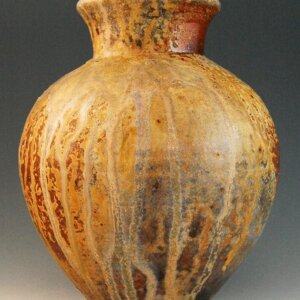
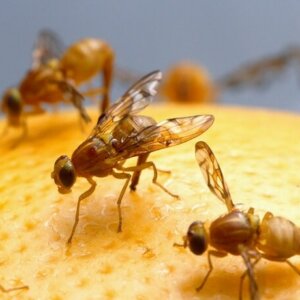

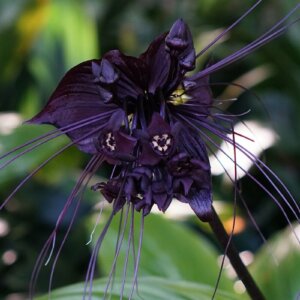
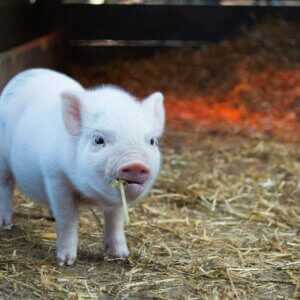
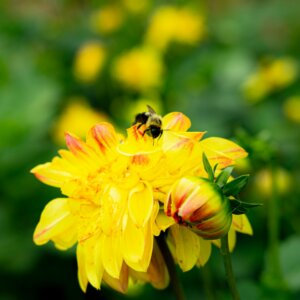
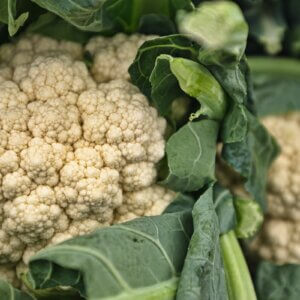

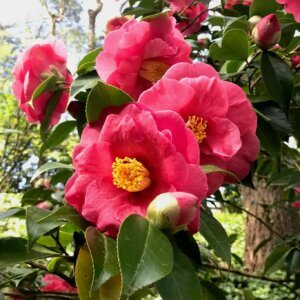
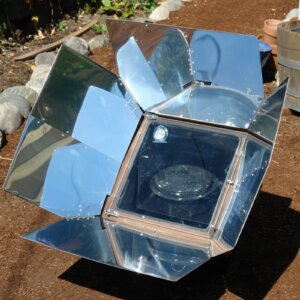


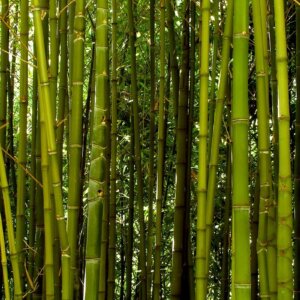
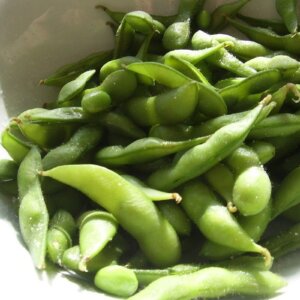
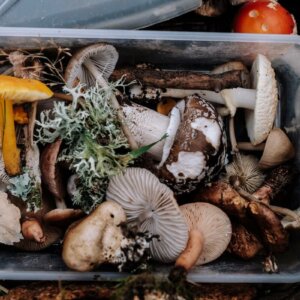

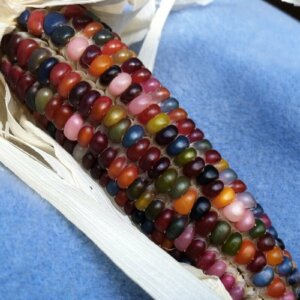


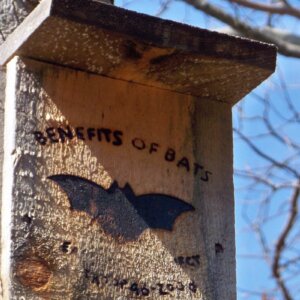


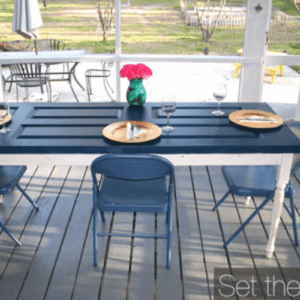


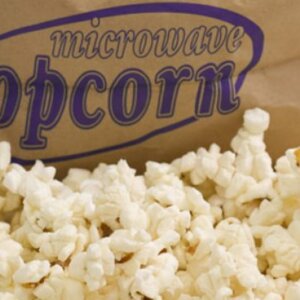






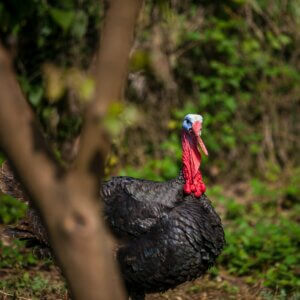
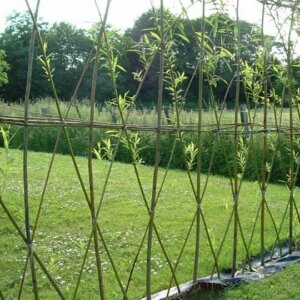




Leave a Reply